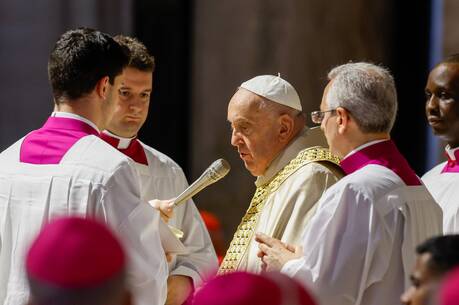UPDATE (13 June 2011): The links below are now fixed--
*
I'm taking a break from the goings-on at the Annual Convention of the Catholic Theological Society of America, with our characteristic intense wash of theologizing (and the even more important rejoining of long-term friendships, which is where the deeper sense for the state of contemporary theological work is registered), and want to write about forms of popular music that can symbolize "the more" in a way that may open onto what is sacred.
One of the earliest images I have of music as a medium for border-crossing on something tending toward a "universal" scale was the 1970s Coke commercial, "I'd like to teach the world to sing..." It seemed to suggest that not only singing together across differences, but singing with an awareness of the broad reach of differences being crossed, was something like a divine good, because in doing so we might feel through our throats what joins us to each other and to the generous beyond that is present in this shared attention. Okay, so it was a commercial, but one has to work with what one has. Here is the commercial.
The next image I have in this regard is Live Aid, the gi-normous 1985 concerts in London and Philadelphia to benefit Ethiopia. Here it wasn't people singing in a way that stretched toward the universal, but rather playing instruments around the world for a common cause, cheered on by fans in concert and through television, all submitting themselves to the same media spectacle. Here is Queen at the beginning of what many consider to be the best rock performance of all time.
I was put in mind of these events when I was alerted to (thank you, LRH) a video in which composer Eric Whitacre describes how he came to the idea of bringing together over 2000 musicians through YouTube, in individual videos synched together, to sing one of his compositions. The remarks by Whitacre are here.
And the song/video itself is here.
See if you are not pulled into a reverie about creativity across borders, and aware of a gesture toward infinite voices opening onto the voice of the infinite. Yes, many of the singers are from the USA, but Whitacre has also caught musicians from well over 50 countries here, and this example already goes beyond itself in showing what sorts of aesthetic global interconnections are possible -- for those who have access to the Internet, a crucial qualifier. This is a new frontier, made possible by technology and human creativity (but also subtly eliding issues of poverty and access), in the relationship between music and theology, insofar as what is beautiful is bound up with what is sacred.
Tom Beaudoin
San Jose, California, USA
Cross-posted, in memory of Cusanus, to Rock and Theology.







